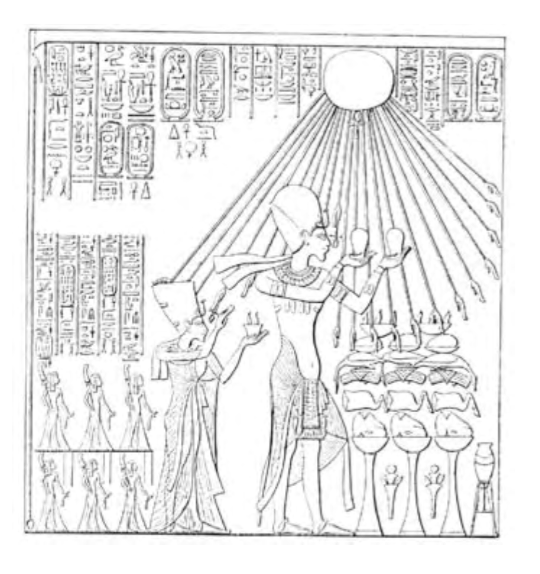Have students try these activities to expand their knowledge and interest in the Sun.
In 430 B.C., Anaxagoras, a Greek scientist, became the first to state that the Sun was a flaming rock. Have students use the date 430 B.C. to do some math problems, such as: How many years ago was 430 B.C.? How many years are there between 430 B.C. and A.D. 430? What year is 430 years from now?
Many different temperatures for areas of the Sun are given in A Star is Born. Have students put these temperatures in order from hottest to coolest. For older students, introduce the formula to convert Fahrenheit to Celsius: C=5/9 (F–32). Have students convert the temperatures to Celsius.
Language Arts
Have students look up words in the dictionary that start with “helio” (meaning “relating to the Sun”). Ask them to write down two words and their definitions to share with the class.
Geography
Several countries are mentioned in Ancient Sun Worshipers, among them Japan, Mexico, England, China, Egypt, France, and Canada. Have students locate each country on a map to demonstrate that the Sun is worshipped or seen as very important by cultures around the world.
In How Solar Energy Works, the Check It Out! asks, “Which state calls itself ‘the Sunshine State’?” Have students research the nicknames of all 50 states. For each nickname, students can offer reasons why they feel that nickname is appropriate.
Social Studies
The Japanese flag has a sun in the center of it. Have students find other countries whose flags also include a Sun or other celestial objects. Students should draw color pictures of the flags and post them on a bulletin board along with the country’s name.
Science
Nicolaus Copernicus, Anaxagoras, Galileo Galilei, Hans Bethe, and Charles Critchfield are just a few of the people who have made observations that changed the way we view the Earth and Sun. Have students research one of these people and write a report about how the person’s findings added to the knowledge of the Sun.
Have each student research one planet in our solar system, shown in Why is our Sun So Important? For each planet, students should find the size, distance from the Sun, how many days it takes to orbit the Sun, how many moons it has, and other facts. Compile students’ findings in a class chart. Ask students questions about the planets based on the chart.
Science
Getting too much sun can be harmful. Have students research the negative effects of sunburns. Students should write a report that includes the scientific reasons that sunburns are harmful. Students should also include suggestions on how people can protect themselves from the harmful effects of the Sun.
Art
Have students look at the cartoon titled “WARNING!” in Why is Our Sun So Important? Students should draw their own poster whose message is “Warning: Never look at the Sun.” Students can display their posters on the bulletin board and discuss the various ways one message can be portrayed.
Games and Activities on the Sun | Kids Discover

